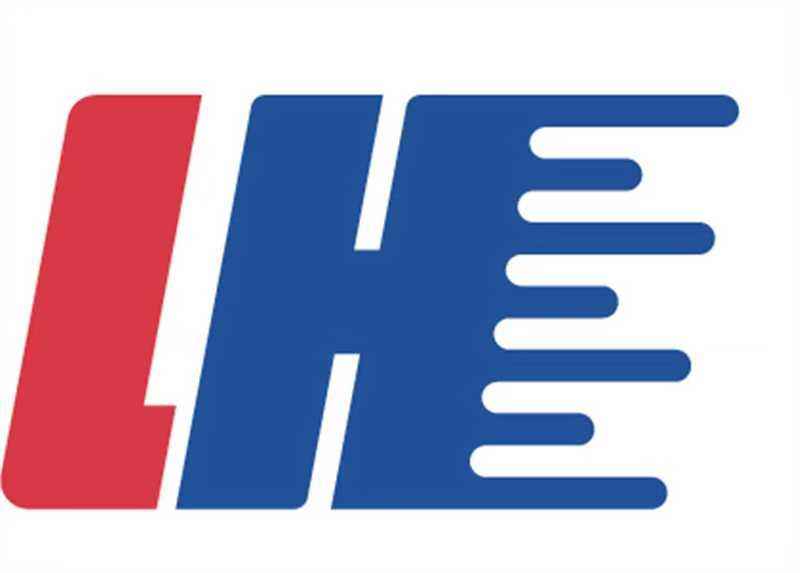The Future of Water Quality Testing with Advanced COD Testing Equipment
The Critical Role of COD Analysis in Modern Water Quality Testing
Understanding COD’s Significance as a Pollution Benchmark
Chemical Oxygen Demand (COD) serves as a crucial indicator for assessing the level of organic pollution in water bodies. Using COD as a benchmark, we can quantify the amount of oxygen required to chemically oxidize organic matter, which provides valuable insights in ecological studies and municipal wastewater treatment. COD measurement is particularly important in industries like pharmaceuticals and textiles, where effluents often show high levels. Monitoring COD allows these industries to regulate emissions and comply with environmental standards, thus ensuring minimal impact on natural waterways. For instance, the Environmental Protection Agency (EPA) has highlighted that routine COD testing is essential to prevent the degradation of water quality, underlining its role in effective pollution control.
Technological Limitations of Traditional Chemical Oxygen Demand Measurement
While traditional methods for measuring COD are effective, they come with notable drawbacks. One major issue is the time constraint, as these methods can take several hours to provide results. This delays the real-time analysis needed in urgent situations, highlighting the necessity for faster water quality assessment technologies. Furthermore, the lag in obtaining COD results means that these methods might not accurately reflect the current water conditions, necessitating the development of continuous monitoring solutions to offer more immediate insights.
Moreover, traditional COD measurement techniques often involve using hazardous chemicals, raising environmental and safety concerns due to the potential generation of harmful waste by-products. These challenges underline the importance of innovating current testing techniques to be more efficient and eco-friendly. By developing advanced COD testing methods, we can improve the speed, safety, and ecological impact of water quality assessments, thereby fostering better environmental outcomes across industries reliant on water as a resource.
Advanced COD Testing Equipment - Technological Breakthroughs and Capabilities
Real-Time Monitoring Systems and IoT-Enabled COD Analyzers
With the advent of IoT-enabled COD analyzers, water quality testing has undergone a revolutionary change, particularly through real-time monitoring. These devices facilitate instantaneous feedback on water conditions by enabling real-time data collection. The ability to connect to cloud platforms allows for remote monitoring, giving water quality managers the tools to make informed decisions without delay. This development is crucial in optimizing resource management and ensuring prompt responses to any changes in water quality. Furthermore, the integration of smart technologies allows these analyzers to work cohesively with other measurement devices such as residual chlorine meters, which leads to comprehensive water quality management systems.
AI-Driven Predictive Capabilities for Contaminant Pattern Recognition
AI technologies have significantly enhanced the analytical capabilities in the realm of water quality management. By analyzing vast datasets from water quality tests, AI can identify patterns and predict potential contamination before they escalate into crises. This predictive modeling is invaluable for developing advanced response strategies that enable compliance with safety regulations and standards. By integrating AI with existing COD testing equipment, we improve the accuracy and reliability of our measurements. Thus, whether it's predicting chemical releases or optimizing water treatment processes, AI-driven capabilities assure comprehensive water quality assurance and better compliance with environmental standards.
Integration of COD Testing in Multi-Parameter Water Assessment Ecosystems
Synergies Between COD Analyzers and Residual Chlorine Meters
Integrating COD analyzers with residual chlorine meters creates a comprehensive approach to water quality assessment, crucial for effective disinfection management. With both measurements available simultaneously, we can optimize chlorine usage. This leads to reduced chemical costs and minimizes the environmental risks associated with over-chlorination. Furthermore, when these technologies collaborate, the accuracy of water assessments is significantly enhanced, offering a more detailed understanding of the water treatment process. By using both COD analyzers and residual chlorine meters, we can ensure a more efficient, cost-effective, and environmentally friendly water treatment strategy.
Complementary Functionality with BOD Testing Equipment
The integration of COD analysis with Biochemical Oxygen Demand (BOD) testing is essential for a thorough understanding of how organic pollutants impact aquatic ecosystems. COD measures the total amount of organic matter present, while BOD focuses on the biodegradable portion, providing insight into potential environmental hazards. This complementary functionality enables us to develop more effective treatment strategies in wastewater management. By utilizing both COD and BOD tests, we can promote sustainable practices and ensure the health of the environment. Implementing these tests allows for informed decision-making, crucial in managing and mitigating the effects of wastewater on aquatic systems.
Future Evolution of Water Testing Infrastructure and Regulatory Frameworks
Smart Sensor Networks and Automated Compliance Reporting
The rise of smart sensor networks marks a significant shift in water quality management, especially as regulatory bodies enhance their focus on water standards. By deploying these smart sensors, water treatment plants can achieve continuous compliance monitoring, effectively reducing manual oversight and potential human error. This constant vigilance ensures that any deviation from the established standards is detected promptly. Automated compliance reporting further complements this system, streamlining communication with regulatory agencies and facilitating immediate intervention when necessary. These technologies not only promise operational efficiency but also bring greater transparency and accountability to environmental management practices.
Next-Generation Standards for Contaminant Thresholds
As we move towards a future where environmental and public health are paramount, regulatory frameworks are anticipated to impose stricter contaminant thresholds. The evolution of testing methods, particularly COD testing protocols, will be vital in aligning with these emerging standards. This evolution ensures that water testing infrastructure remains competent in safeguarding public health and the environment. The adaptation will not only rely on technological advancements but also require active engagement from stakeholders. Industry leaders and environmental organizations must collaborate to shape these standards, ensuring that they are both technologically feasible and responsive to societal needs. By doing so, we can create a regulatory environment that supports sustainable water management.

